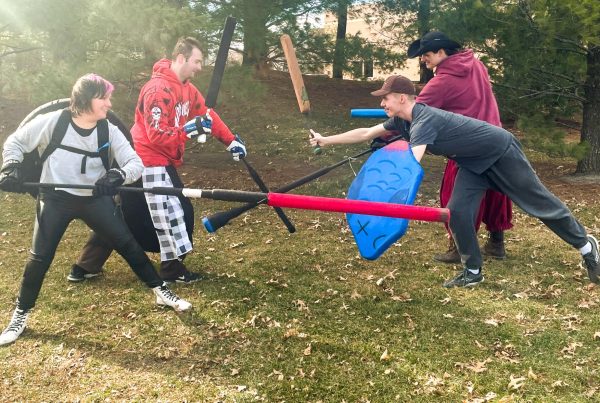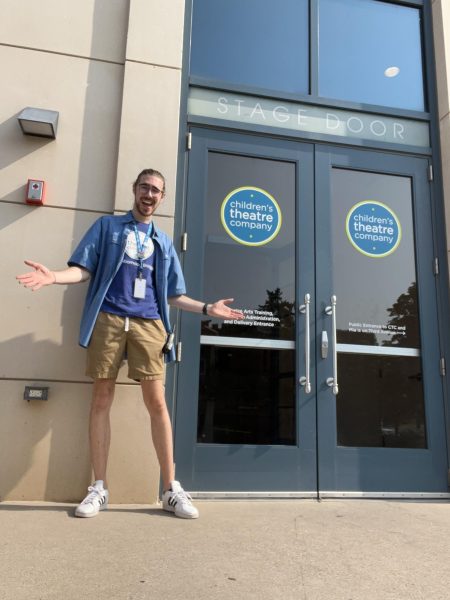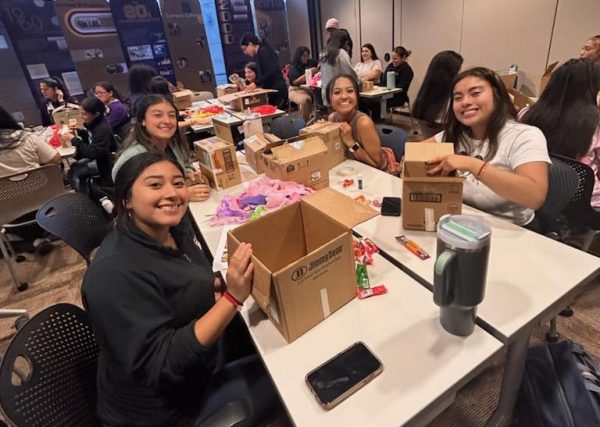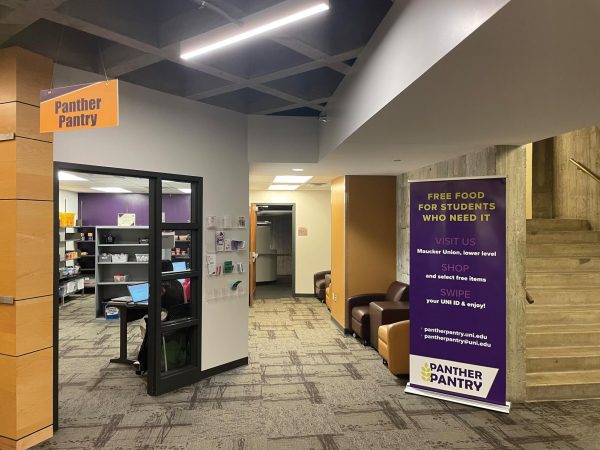Financial Literacy 101: Retirement Savings
Jan 16, 2020
Most college students have probably heard the term “401(k)”; however, many probably do not know much about this account except that it has to do with retirement savings.
Why should students need to know about it? Retirement is something only middle-aged people and those nearing retirement have to think about, right?
A lot of students assume that, because retirement is so far into the future for them, they shouldn’t be concerned with retirement savings now. However, Cameron Lewis, a Member Service Representative from Collins Community Credit Union, shares why this is actually not the case.
“Typically, you’ll find that most people don’t have enough money in their account when they want to retire,” Lewis said. “When you start at a young age, [your money] adds up a lot quicker.”
For students working part-time jobs who don’t have access to a 401(k) employer account, it would be easiest to plan for retirement by starting a Roth IRA account.
Lewis explained that if a 20-year-old student began to put money into a Roth IRA account, even if it is a small portion of their income from a part-time job, that money will be worth more later on. If someone holds off putting money away until they’re 30 years old, even if it is larger than what they could have contributed earlier on in their career, the 20-year-old would easily have more money saved in the long run.
The Roth IRA is a great option for students just getting started or for those with part-time jobs. However, for most full-time jobs, employees will have the option to start a 401(k).
According to Lewis, a 401(k) is an employer-sponsored retirement plan. This means that the employee will contribute a certain percentage of their income, and the employer will contribute a corresponding amount based on their individual policies. It is important to note that the amount your employer will match varies from company to company.
This is why Lewis recommended that out of college, graduates should talk to their employers and HR department to figure out how they can get the “maximum amount of free dollars.” For example, if someone is deciding on what percent of their income to contribute to their 401(k), it would be best to check at which percentage would give them the best value, based on what their employer’s conditions are for matching.
“You want to make sure you’re getting the best match contribution,” Lewis said.
For recent graduates getting acclimated to their fields, it is common to see frequent employment changes. This doesn’t necessarily mean you should forego a 401(k) or retirement plan just because you haven’t found your ideal job yet.
“There are a couple of options.” Lewis said. “You could do a transfer into an IRA account, or you could roll it over to a new 401(k) at a different job, which is most common for younger people.”
401(k) accounts and Roth IRAs differ in a number of ways. Typically, 401(k)s will hold untaxed money until it is taken out of the account to be used. When it is taken out, this money will then be taxed. With Roth IRAs, on the other hand, money is taxed upon being put into the account, but will not require any taxes upon withdrawal. Also, 401(k)s are directly linked to employers, while Roth IRAs are accounts that usually rely on the individual’s contribution.
The piece of advice Lewis stressed the most to students is to leave retirement money untouched until retirement. It is okay to scale back the amount you contribute to your retirement fund based on your financial situation, but avoid taking money out of these types of accounts.


















